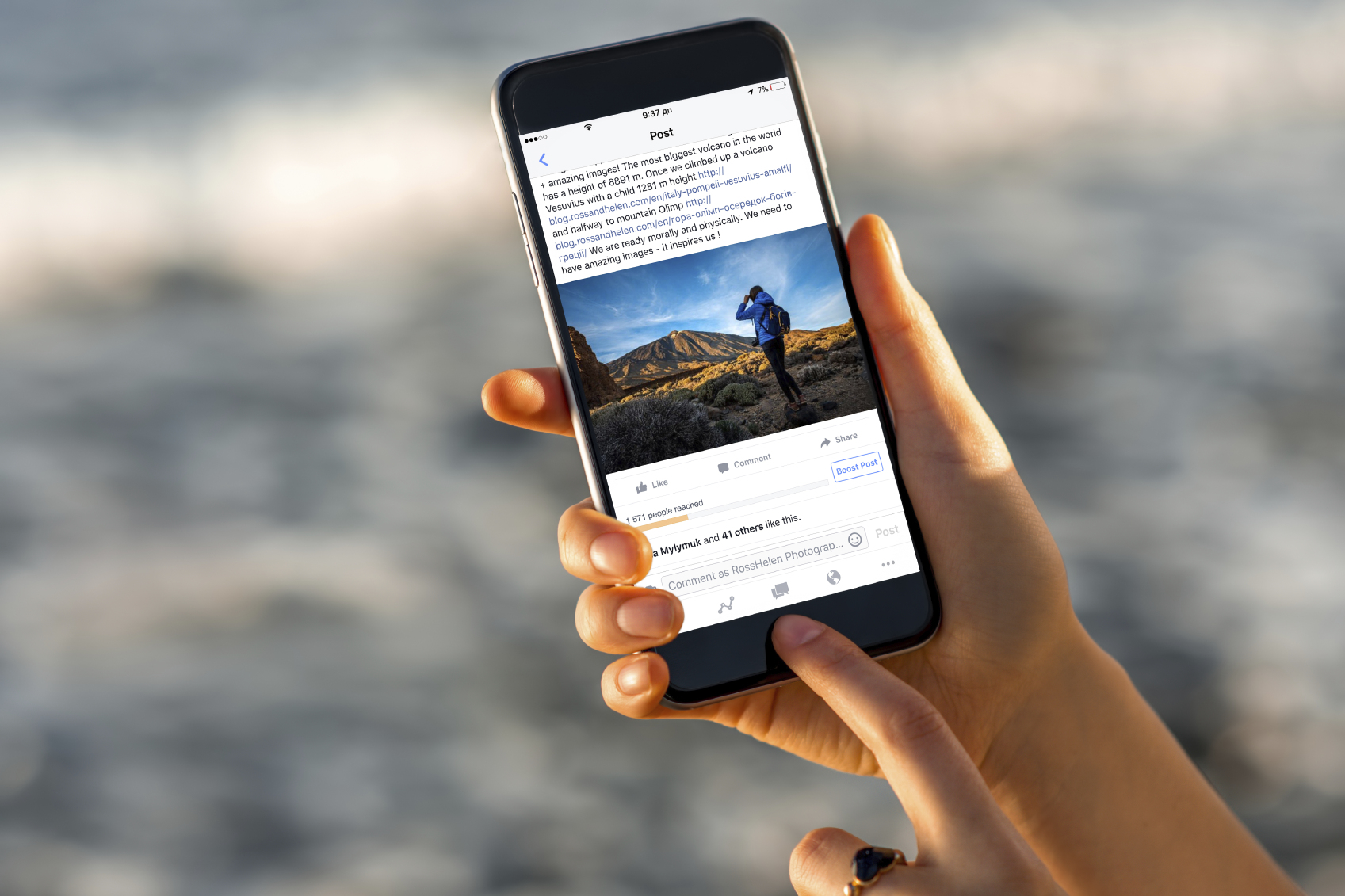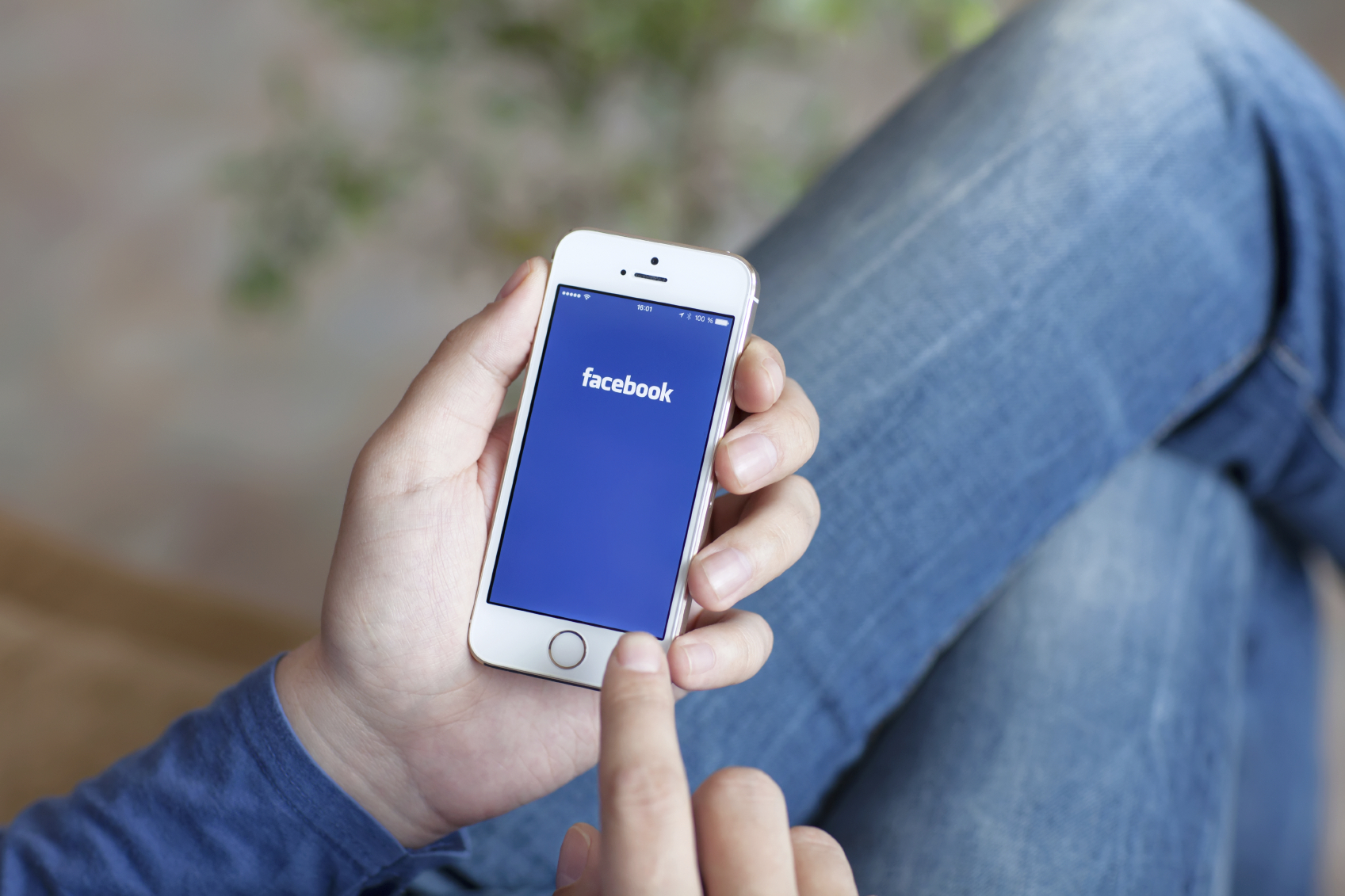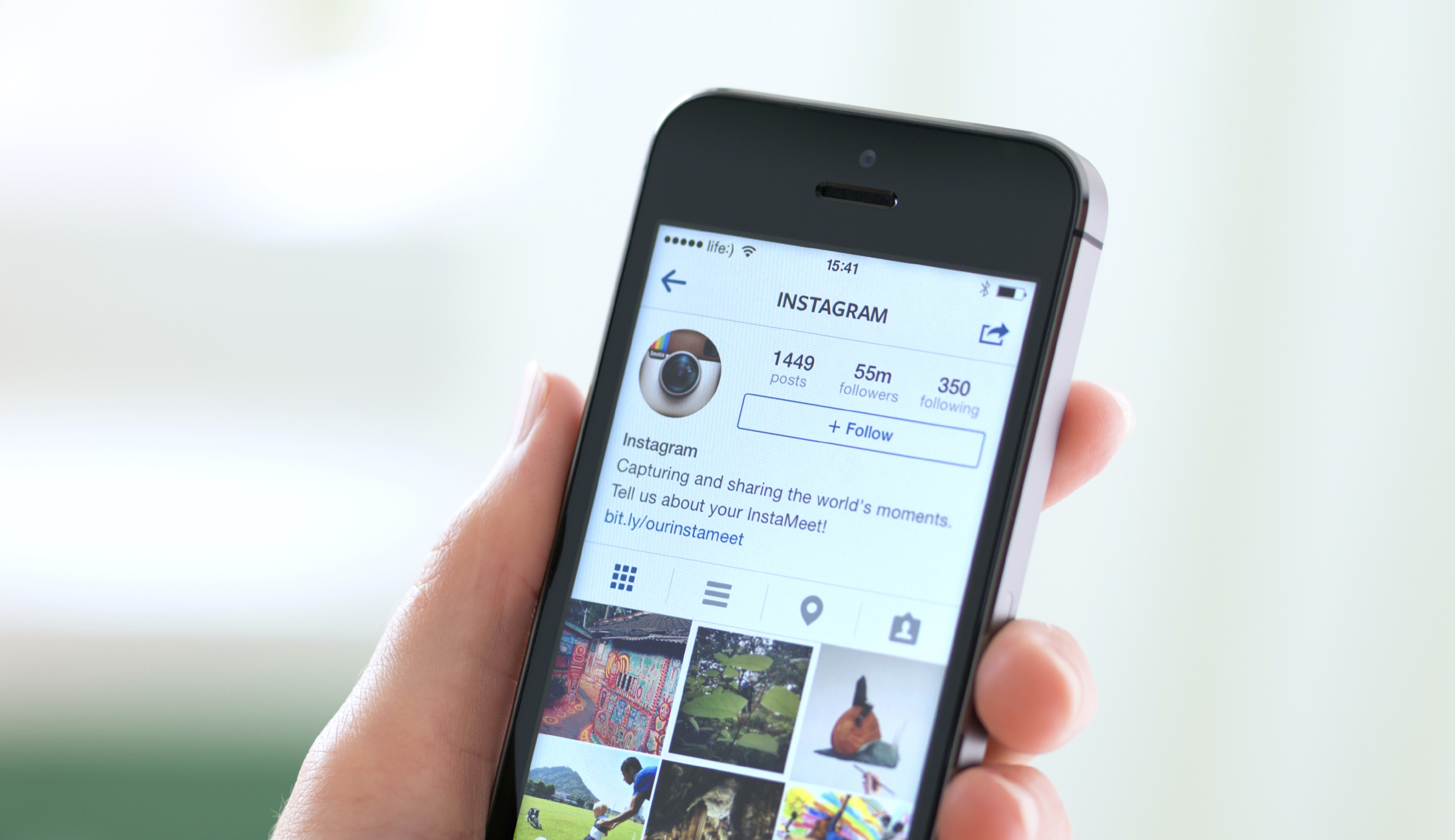Your guide to tech-driven changes in the media landscape by IPG Media Lab. A fast read for you and a forward for your clients and team.
- Facebook Canvas extends the fast, clean, and frictionless Instant Article experience to mobile ads
- Brand storytelling will be more engaging and outside the reach of ad blockers
- Advertisers need to make sure the experience they provide matches consumers’ heightened expectations
What Is Canvas
Last Thursday, Facebook launched Canvas, an ad product that loads Facebook-hosted, full-screen rich media right from the News Feed, bringing the instant-loading, cleaner mobile experience introduced by Instant Articles to Facebook’s ad suite. The social network is also offering brands a user-friendly self-serve tool to help them build Canvas ads with no coding required, allowing brands to add interactive rich media like animations, carousels, product catalogs, tilt-to-view images, and videos to their ads with ease. Different versions of a Canvas ad can be targeted to different demographics, just like other Facebook ads.
The first advertising partners have seen much higher engagement than with other Facebook ads. ASUS, the computer and electronics manufacturer, saw 42% more clicks on their Canvas than other ads and 70% of their Canvas viewers clicked through to the ASUS website. Viewers of Lowe’s Canvas spent 28 seconds on average and the 16 million people Coke reached averaged 18 seconds.
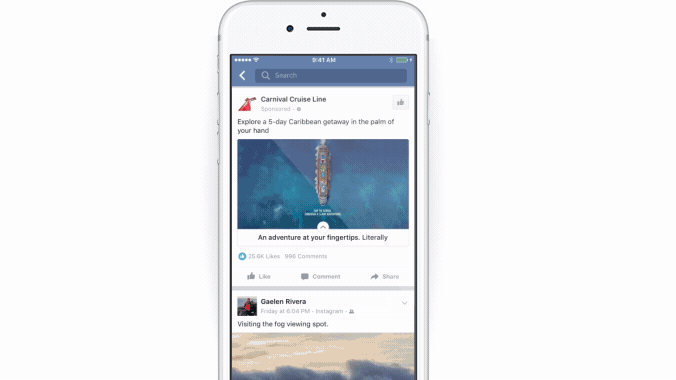
What Brands Need To Do
With Facebook making Instant Articles available to all users last week, users will soon be served with a lot of Instant Articles-enabled pages, familiarizing them with the fast-loading experience. This means that Facebook users will expect a similar experience when it comes to ads as well. Therefore, brands should use Canvas to create rich-media ads that tell the full creative story that otherwise would require a microsite. Here are some good examples of brands that are already trying out this new ad product.
For restaurant and QSR brands, Wendy’s test campaign serves as a good example of the rich media experience that Canvas offers. Wendy’s created an ad that deconstructed a cheeseburger and let people scroll, swipe, and see GIFs of all the different ingredients in one of its burgers. The ad received 65 seconds of average view time, and 2.9% of viewers got all the way to the bottom and used the Wendy’s restaurant locator.
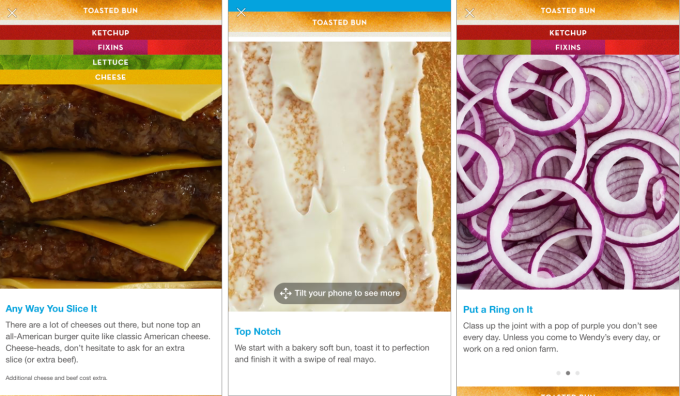
For fashion and retail brands, Canvas offers a great tool to build engaging mobile ads with a lot of beautiful images that fully showcase their products. Usually, pages with a lot of images would take a long time to load, losing impatient consumers in the process. Canvas’ fast-loading ads solve that problem without loss of fidelity or simplification in storytelling. Several brands including Mr Porter, Michael Kors, and Carrefour were brought on as launch partners to try out the new format and had successful results.
For entertainment brands, the new ad format also allows the creation of deeper narrative and engagement of viewers through video and interactive media. NBCUniversal, for example, is featured on Facebook Canvas’ launch site with an interactive ad for the Minions with videos, GIFs, and social content, ending with a buy button for the movie’s DVD.
Market Impact
Facebook started testing the immersive full-screen ad unit last September, and the company says early tests have shown users spend more time on Canvas ads with the top Canvas ads averaging over 70 seconds of view time per user. While it remains to be seen if the increases in engagement are due to the novelty of the format, the flexibility and responsiveness make us believers. As consumers avoid ads more frequently, Facebook is offering a way for advertisers to build compelling, targeted experiences with potentially broad reach and that can’t be blocked.
How We Can Help
Please contact Engagement Director Samantha Holland ([email protected]) at the IPG Media Lab if you would like more detail or to schedule a visit to the Lab to discuss content strategies and tactics on how to engage your audience with storytelling on Facebook and elsewhere.
For previous editions of Fast Forward, please visit ipglab.com. Please reply with any constructive criticism or feedback. We want these to be as useful as possible for you and your clients, and your feedback will help us immensely.
All pictures featured are promotional images courtesy of the Facebook Canvas site
